All standard models feature deep customization options to ensure you're getting maximum production for minimum investment.
Free QuoteReady Mix Concrete Batch Plants for Sale
Custom RMC Batch Plants: Designed, Engineered & Manufactured in the USA
JEL designs and builds industry-leading concrete batch plants for concrete producers across the United States. We offer a wide selection of ready mix concrete batch plants, designed for scalability and highly customizable to meet your specific needs. Our innovative design and manufacturing strategies have allowed us to be a price leader without compromising the quality of our ready mix concrete plants.
All of our concrete plants are fully designed, engineered and manufactured in the United States. We use locally sourced, high strength steel to construct every plant, and all the parts, controls and accessories used in our plants are high-quality and factory-supported.
Ready Mix Concrete Batch Plants from JEL Manufacturing
JEL designs and builds three core ready mix batch plant models, The Decumulator®, The Acumulator™, and BudgetBatch™. Our RMC batch plants can be configured for dry mix or wet mix production, giving concrete producers flexibility to match their plant design with their operational goals, site requirements, and production volume.
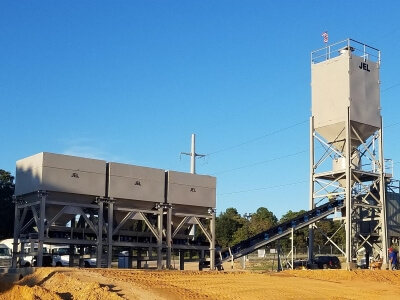
The Decumulator®
Our most versatile workhorse system with big production capabilities.
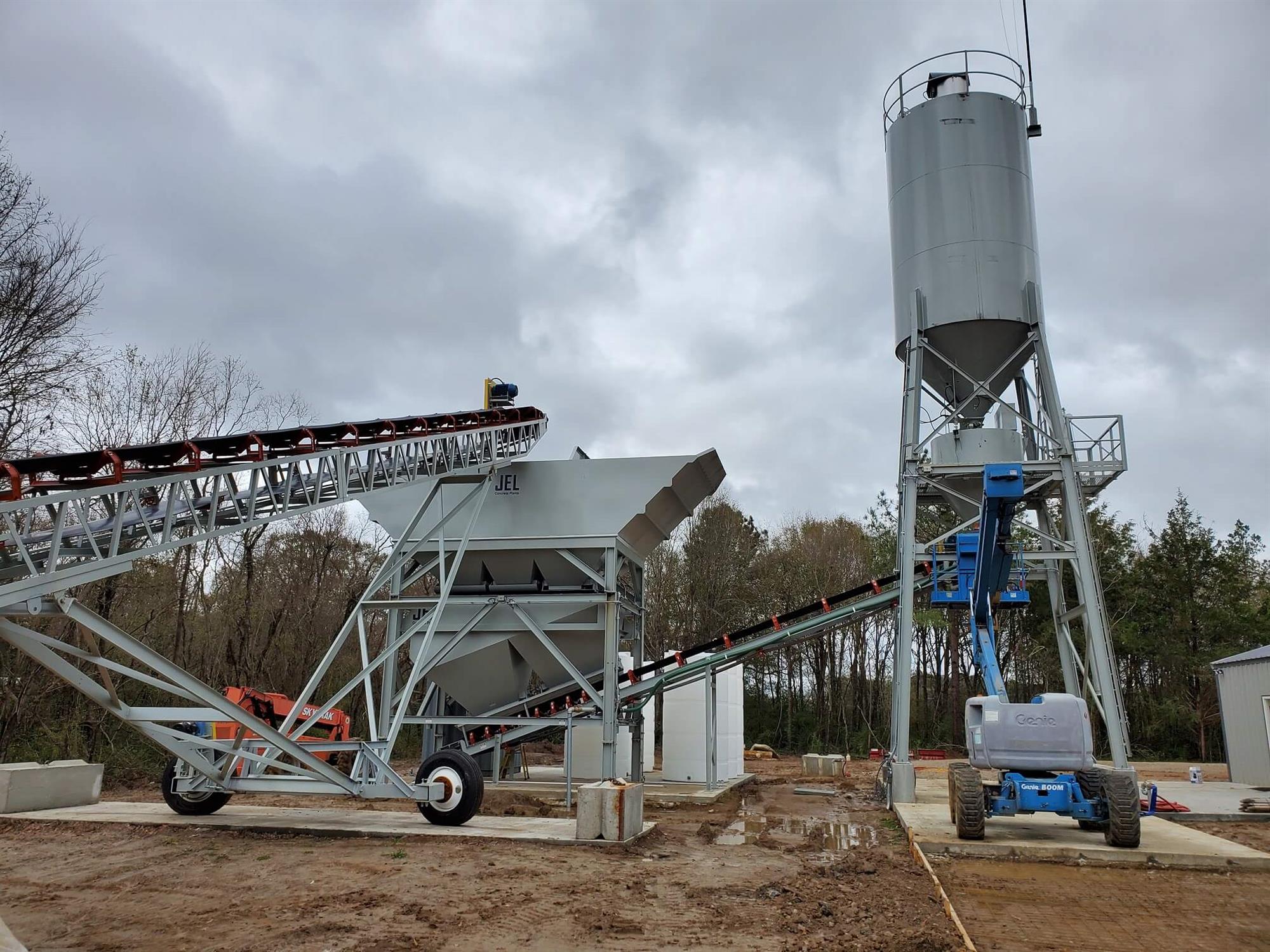
The Acumulator™
Build a strong foundation for start-up projects with potential for future production upgrades.
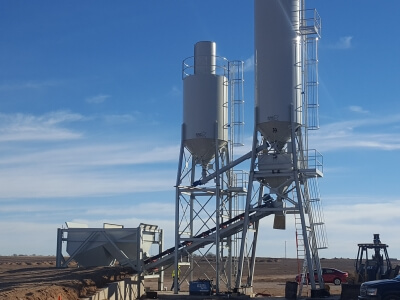
BudgetBatch™
The ideal choice for low production dry mix applications working on a tighter budget.
Dry Mix Batch Plants (Transit Mix)
Dry mix batch plants measure and load cement, aggregate, and admixtures into trucks without adding water, allowing for mixing during transit. Ideal for producers who need flexibility in delivery timing and lower upfront investment. JEL’s dry mix batch plant models can be configured for efficient dry mix batching with scalable output.
Wet Mix Batch Plants (Central Mix)
Wet mix batch plants combine all ingredients, including water, at the plant before discharging into the truck. Wet mix (central mix) batch plants deliver a more consistent mix and faster batching cycle, making them ideal for high-spec or high-volume applications. JEL designs custom wet mix configurations for central mix or precast operations.
Mobile RMC Batch Plants
Mobile ready mix batch plants offer on-site concrete production without sacrificing quality or output. JEL designs portable systems that can be relocated as needed, with both dry and wet mix configurations available. Ideal for remote sites, infrastructure projects, and operations requiring flexibility.
Compact RMC Plants
Designed for versatility in placement, compact concrete batch plants are an excellent choice for a range of projects, whether in constrained urban construction sites or remote job locations. Crafted on a built-to-order basis, our custom compact RMC plants offer limitless customization options, allowing you to optimize efficiency without sacrificing quality. Trust JEL Concrete Plants for personalized solutions to meet your unique construction goals.
Work with JEL to Build a Custom RMC Batch Plant to Your Exact Specs
JEL can custom-build your ideal ready mix batch plant, designed to meet your specific production targets, site conditions and material handling needs. Whether you need a compact mobile plant or a high-output stationary system, our team can work closely with you to plan and engineer every detail to optimize your operation. From initial planning to installation, we help you create a plant that performs.
Contact us online or give us a call at (262) 223-3205 to discuss your concrete production needs and to see if a custom batch plant is right for your operation.
Scalable Designs for Your Production Needs
Our batch plants are built for long-term flexibility, designed to scale as your demand grows. With modular engineering and upgrade-ready frameworks, you can start lean and expand seamlessly with no compromise in performance or quality.
Some of our customization & automation options include:
- Touchscreen or PLC-based control systems (manual to fully automated)
- Variable-capacity aggregate hoppers and cement silos
- Transfer, weigh, and belt conveyors for efficient material handling
- Water batching, admixture dosing, and dust collection systems
- Remote monitoring and system diagnostics integration
- And more!
JEL Warranty Information
Every JEL batch plant is backed by a 1-year limited warranty covering defects in materials and workmanship. Built for professionals, our equipment is designed to perform and protected to give you peace of mind.
Contact us to learn more about warranty coverage and service support.
RMC Batch Plant Costs Calculator: Plan Your Custom Build
Building a brand new ready-mix plant from scratch can be a huge undertaking. JEL is one of the most experienced manufacturer's in the industry and we've used the knowledge gained from countless builds to put together a batch plant ROI calculator to help you plan out the costs associated with a new ready-mix plant.
Ready Mix Batch Plant Costs CalculatorWhy Choose JEL for Your Custom RMC Batch Plant?
JEL batch plants are built in the USA using high-quality, locally sourced steel and factory-supported parts, components, and accessories, designed for durability, performance, and long-term ROI. Our lean design and manufacturing processes reduce costs without sacrificing build quality, making it easier for concrete producers to get the custom system they need. With decades of experience and nationwide service, we’re a trusted partner for scalable, reliable batch plant solutions.
Contact us today to get started on your build!
Custom RMC Batch Plants Available Nationwide
JEL manufactures ready mix batch plants for concrete producers across the United States, including in, Philadelphia, Los Angeles, San Antonio, Houston, Dallas, Phoenix, Seattle, Denver, Chicago, Atlanta, Wisconsin, Iowa, Illinois, Michigan, New York, New Jersey, Pennsylvania, North Carolina, Georgia, Florida, Texas, Colorado, California, Washington, and beyond.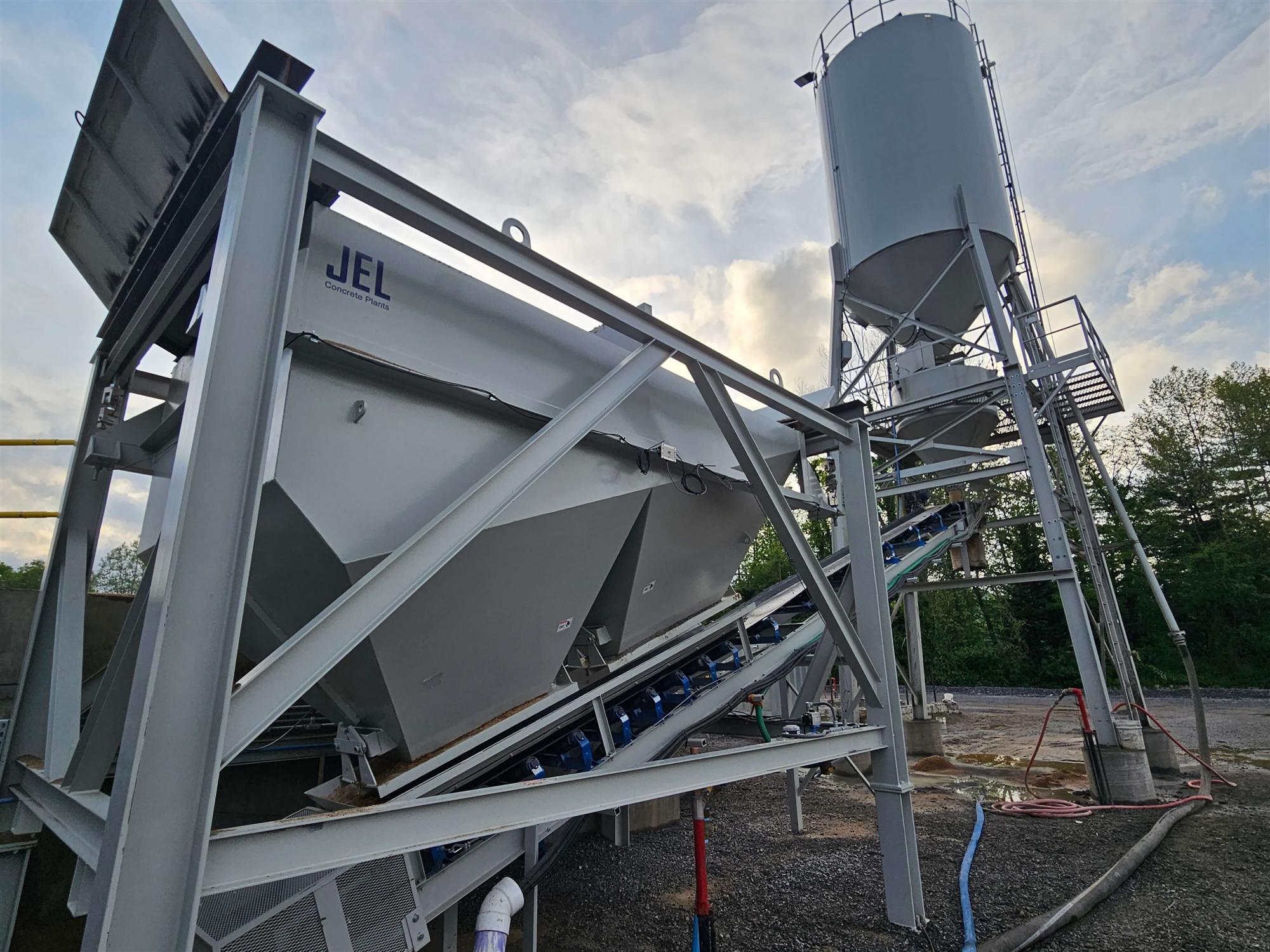
Central Mix Concrete Batching Plants
JEL designs high-performance central mix concrete batch plants for both stationary and portable applications. Whether you need a permanent installation for ready mix production or a mobile setup for large-scale projects, we custom-build systems to fit your site layout and logistics. Our trailer-mounted options ensure fast transport and simplified on-site setup.
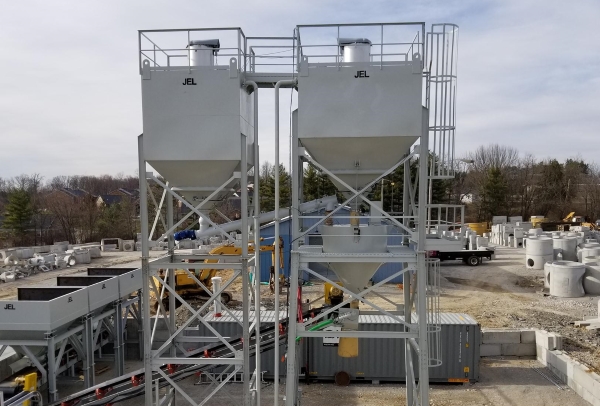
Precast Concrete Batching Plants
JEL manufactures precast concrete batching plants in Wisconsin using durable, U.S.-sourced steel and components. We offer fully customizable solutions built to match your production volume and mixer preferences, with planetary mixers ranging from ⅓ to 5 cubic yards and twin-shaft mixers up to 12 cubic yards. Whether you need a high-output or compact Decumulator setup, we’ll design a precast plant tailored to your specific requirements.
GET A FREE QUOTE ...or calculate the cost of your ready mix concrete batch plant with an ROI estimate.
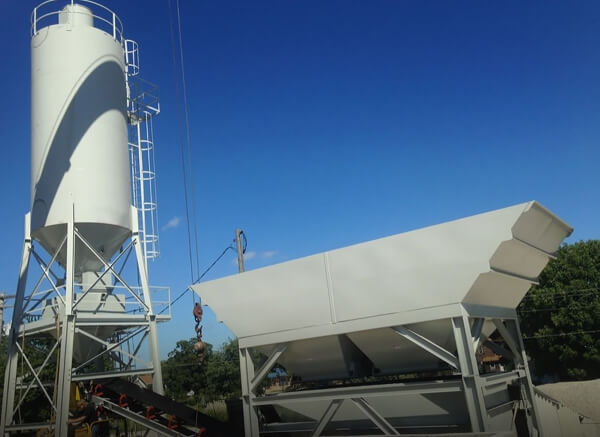
For a new ready mix concrete plant system – contact FESCO Direct
FESCO Direct is our partner in sourcing and distributing ready mix dry batch concrete batch plants for sale. If you’re looking to build a new system, get in touch with them and they’ll coordinate all equipment manufacturers to facilitate construction.
Frequently asked questions about dry ready mix concrete
What is the difference between dry mix & wet mix?
Dry mix concrete is the concrete mixture before water is added to it. Making dry mix batches allows for the concrete to be stored for months at a time before use, whereas wet mix has a maximum of a few hours before it must be used.
What types of mixers are available for wet mix plants?
JEL offers two primary mixer types for wet mix (central mix) concrete batch plants: twin-shaft and planetary mixers. JEL can integrate either mixer type into a custom plant design based on your production goals, concrete specs, and operational requirements.
- Twin-shaft mixers are ideal for high-output applications that require fast, consistent batching, commonly used in large-scale commercial or infrastructure projects.
- Planetary mixers are best suited for precast or specialty concrete production where mix precision and uniformity are critical.
What is the advantage of dry mix concrete over wet mix?
Due to the longer shelf life that dry mix concrete has there are more options for storage & distribution.
How much does a ready mix concrete batch plant cost?
The cost of an RMC batch plant varies widely based on capacity, configuration (dry vs wet mix), level of automation, and mobility. JEL offers scalable solutions with ROI-focused pricing to match a range of budgets. Contact us to discuss your concrete production needs and for a free quote!
What size batch plant do I need for my operation?
Plant size depends on your daily production volume, space constraints, and material delivery method. JEL can help you determine the optimal capacity and layout for your specific application.
Can I upgrade or expand my batch plant later?
Yes, JEL batch plants are designed for future upgrades. You can expand hopper capacity, add silos, or automate more functions as your business grows.


